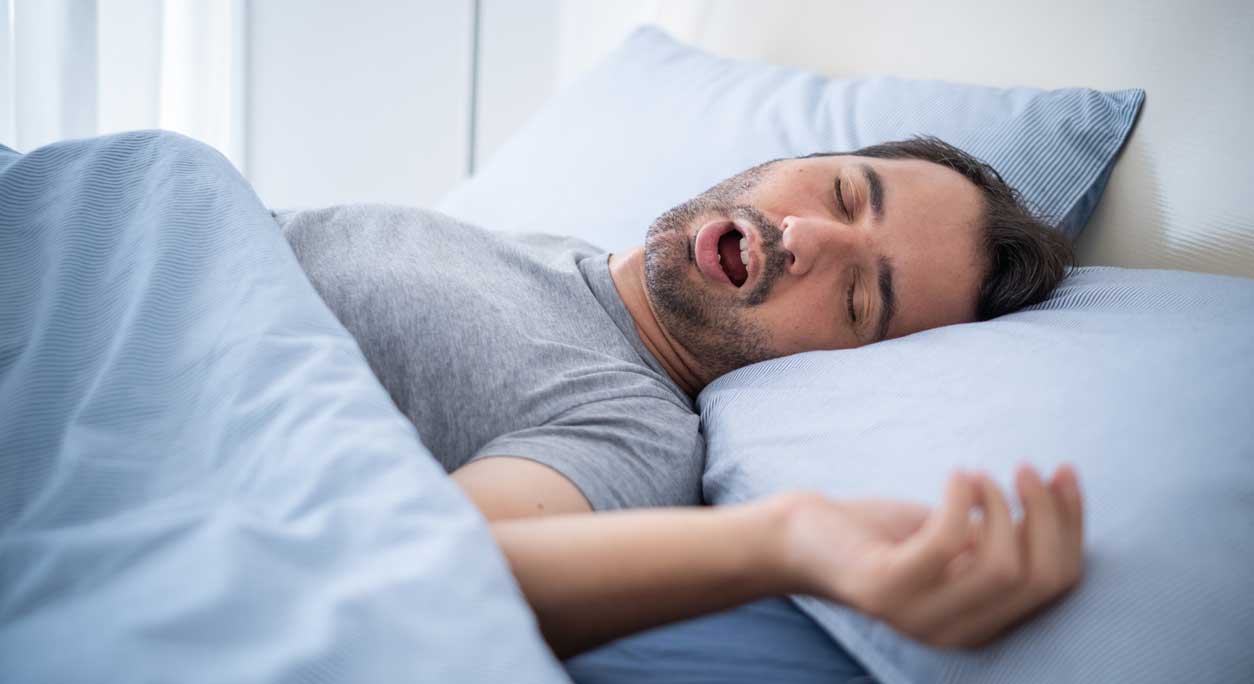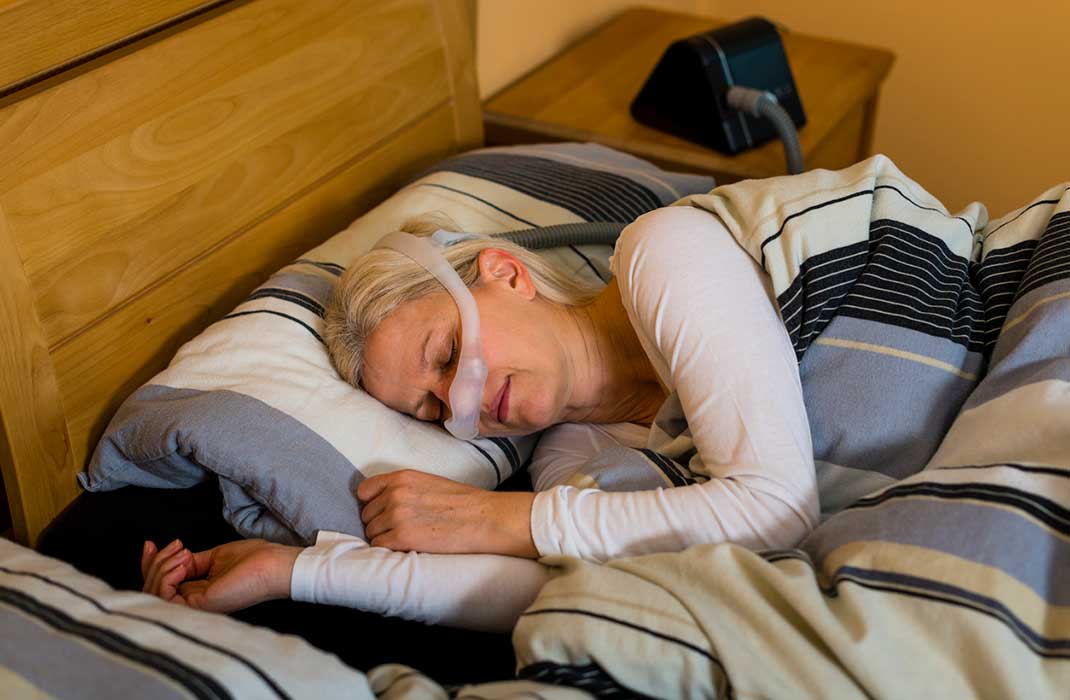-
- Find Care
-
- Visitor Information
- Find a Location
- Shuttles
- Visitor Policies
-
-
- Our Virtual Care Options
- Virtual Urgent Care
- Virtual Visits for Primary & Specialty Care
- Online Second Opinions
- Participate in Research
-
- Contact us
-
- For Innovators
- Commercialization Guide for Innovators
-
-
- Research News
- Alzheimer's Disease
- Artificial Intelligence
-
- Overview
-
- Overview
- Getting Started
- New to Mass General Brigham
- International Patient Services
- What Is Patient Gateway?
- Planning Your Visit
- Find a Doctor (opens link in new tab)
- Appointments
- Patient Resources
- Health & Wellness
- Flu, COVID-19, & RSV
- Billing & Insurance
- Financial Assistance
- Medicare and MassHealth ACOs
- Participate in Research
- Educational Resources
- Visitor Information
- Find a Location
- Shuttles
- Visitor Policies
- Find Care
-
- Overview
- Our Virtual Care Options
- Virtual Urgent Care
- Virtual Visits for Primary & Specialty Care
- Online Second Opinions
-
- Overview
- Participate in Research
-
- Overview
- About Innovation
- About
- Team
- News
- For Industry
- Venture Capital and Investments
- World Medical Innovation Forum (opens link in new tab)
- Featured Licensing Opportunities
- For Innovators
- Commercialization Guide for Innovators
- Contact us
-
- Overview
- Information for Researchers
- Compliance Office
- Research Cores
- Clinical Trials
- Advisory Services
- Featured Research
- Two Centuries of Breakthroughs
- Advances in Motion (opens link in new tab)
- Brigham on a Mission (opens link in new tab)
- Gene and Cell Therapy Institute
- Research News
- Alzheimer's Disease
- Artificial Intelligence
-
- Overview
-
- Overview
- Residency & fellowship programs
- Brigham and Women's Hospital
- Massachusetts General Hospital
- Mass Eye and Ear
- Newton-Wellesley Hospital
- Salem Hospital
- Integrated Mass General Brigham Programs
- Centers of Expertise
- Global & Community Health
- Health Policy & Management
- Healthcare Quality & Patient Safey
- Medical Education
- For trainees
- Prospective trainees
- Incoming trainees
- Current trainees
- Continuing Professional Development
Sleep Apnea Symptoms

Sleep apnea symptoms can disrupt more than a good night’s rest. They can upend a job, disrupt a diet, and, at their worst, cost someone years of their life.
Considered one of the most common sleep disorders, sleep apnea affects hundreds of millions of people worldwide. However, most people wait years to receive treatment, often without noticing their symptoms.
“Sleep apnea symptoms can easily be confused for other conditions,” explains Karen Lee, MD, a Mass General Brigham sleep neurologist. “What might seem like panic attacks or nightmares in the middle of the night might actually be the tip of a larger iceberg.”
Dr. Lee regularly treats patients with sleep apnea at Mass Eye and Ear. She explains what sleep apnea is, its causes, and how to seek treatment.
What is sleep apnea?
Patients with sleep apnea can wake up out of breath. Some feel like they are gasping for air, as if submerged under water. Dr. Lee even hears patients describe waking up from nightmares of drowning or suffocating.
The descriptions make perfect sense. Sleep apnea occurs when someone stops and restarts their breathing, or breathes irregularly, during sleep. Interrupted breathing interferes with a person’s sleep cycle, often waking them up in the middle of the night. It also leads to hypoxia during sleep. Hypoxia occurs when oxygen levels drop severely low in the body.
What are the types of sleep apnea?
Two types of sleep apnea exist:
1. Obstructive sleep apnea
Obstructive sleep apnea is the most common type of sleep apnea. It occurs from a blockage in a person’s upper airway.
The upper airway is a long tube extending from the tip of the nose and mouth to the upper throat. Several structures, such as the nose and tonsils, exist there. During sleep, muscles and tissues along the airway relax and expand, allowing them to obstruct the airway partially or completely.
Gravity also plays a role. Laying down, especially flat on one’s back, enhances how these structures collapse.
Family history and genes can increase the likelihood of obstruction. People inherit the facial structure and upper airway characteristics of their parents. According to Dr. Lee, the size, shape, and collapsibility of the airway often determines blockage severity.
2. Central sleep apnea
While much less common than obstructive sleep apnea, central sleep apnea affects hundreds of thousands of Americans. The condition doesn’t involve an obstructed upper airway. Rather, it affects the brain, which stops sending signals for appropriate breathing.
“You literally stop breathing,” says Dr. Lee. “You can see the person’s chest moving up and down at one moment. Then it suddenly stops.”
According to Dr. Lee, cardiac disease is the most common cause of central sleep apnea. Heart failure and irregular heartbeats (arrhythmias) can disrupt the brain’s signals to the lungs. Other causes dull the connection between the brain and the lungs. These include:
Medications
Neurological brain disorders, the most common of which is stroke
Obstructive sleep apnea can also contribute to central sleep apnea.
Signs of sleep apnea
Snoring is the most common symptom of obstructive sleep apnea. When airflow tries to move through a collapsing or blocked airway, vibration against the walls of the airway create a snore.
“Essentially, snoring is the sound of blockage along the upper airway,” explains Dr. Lee. “One can snore from numerous points of blockage in the upper airway, such as in the nose or the back of one’s throat.”
While snoring is unique to obstructive sleep apnea, other common signs and symptoms of both types of sleep apnea can occur at night or during the day.
Nighttime symptoms
Teeth grinding and/or clenching
Sleep talking and/or walking
Restless sleep
Night sweats
Daytime symptoms
Daytime sleepiness, or feeling unrefreshed by sleep
Mood swings
Poor concentration or memory
Abnormal eating patterns
Morning headaches
How do you know if you have sleep apnea?
A sleep apnea diagnosis begins with visiting a sleep doctor. Dr. Lee encourages patients to bring their sleep partners to appointments. Oftentimes, a patient will not recognize their own sleep habits. Their sleep partners can provide a missing perspective.
If the sleep doctor suspects sleep apnea, they refer the patient for a sleep study. Patients can undergo a sleep study from the comfort of their home or at a sleep laboratory. At-home studies typically consist of three pieces of equipment:
Nose monitor
Chest belt
Finger sensor
All three pieces of equipment directly record heart rate, body position, breathing, and oxygen levels during sleep. Newer at-home sleep studies can record data indirectly. These studies only include a band fitted around the wrist and a finger sensor, with no equipment on the head or the chest.
A laboratory sleep study, on the other hand, can directly collect larger amounts of data, including brain wave activity. These studies depend on a video camera, audio collection, wires on the head and legs, and sensors on the face. A technician monitors the entire study from an outside room. The data collected from a laboratory sleep study is considered “gold standard;” it tends to be much more accurate than data collected from an at-home study.
Effects of sleep apnea
Many of Dr. Lee’s patients never suspect sleep apnea before arriving at her clinic. Instead, they usually arrive with a different disease brought on by the condition.
A few of those conditions include:
Heart failure
Irregular heartbeat, like atrial fibrillation (AFib)
Stroke
“I have patients sent to me every day who don’t have obvious signs of sleep apnea, but they might have hypertension at a young age,” she says. “That’s why sleep apnea is often known as a ‘silent killer.’”
She likens the condition to high cholesterol, a condition that might not necessarily lead to obvious symptoms but can still damage the body. Left undetected, sleep apnea can harm the heart, damage the brain, and off-balance hormones.
Effects of sleep apnea on the heart
The heart helps blood carry oxygen throughout body. Oxygen travels through the bloodstream in red blood cells. Each heartbeat sends millions of red blood cells to different organs, providing them with oxygen and nutrients necessary for survival.
Just like any other organ in the body, the heart needs rest. Sleep allows it to work at a much slower, relaxed pace. However, patients with sleep apnea receive less oxygen from irregular breathing. The heart compensates for less oxygen by working overtime.
“The heart suddenly stresses out and tries to pump more vigorously when it shouldn’t be,” explains Dr. Lee. “Over time, this causes a lot of the cardiovascular diseases associated with sleep apnea.”
Effects of sleep apnea on the brain
Cells die when they go too long without oxygen. In extreme cases, a lack of oxygen from sleep apnea accumulates enough to destroy tissue in the brain.
The brain suffers from a similar lack of oxygen during a stroke.
Effects of sleep apnea on hormones and weight gain
Sleep deprivation from sleep apnea can lead to insulin resistance and obesity. It also makes it much harder to lose weight and keep weight off.
Hormones help explain why. The brain normally releases appetite hormones to signal feelings of hunger and satiety, or a feeling of fullness. Normally, the hormone ghrelin signals the former, and the hormone leptin signals the latter. Patients with sleep apnea have these messages reversed. One might eat a large meal, for example, only to have their ghrelin hormone signal hunger, thereby increasing their appetite. This leads to overeating and, ultimately, weight gain.
“A lot of people with sleep apnea have a huge meal for dinner and feel starving after,” says Dr. Lee. “But they’re not starving. Their appetite signals are telling them they’re hungry when they’re full.”
Sleep deprivation can also destroy appropriate appetite hormone signaling. A lack of sleep can cause someone to feel hungry when they should not.
How is sleep apnea measured?
The apnea-hypopnea index (AHI) is the most common measure of a patient’s degree of sleep apnea. The index measures how many times a patient stops and starts breathing during an average hour of sleep.
Dr. Lee describes AHI as a measure of how many times a patient “chokes” in their sleep. Someone with a mild case of sleep apnea might experience 15 chokes per hour, whereas someone with a severe case might experience more than 30.
Dr. Lee warns patients that AHI is far from perfect. Someone with a mild AHI score might doze off in class or fall asleep at work, while someone with a more severe AHI might function fine during the day.
“People might say, ‘Oh, this person’s AHI is so low, their symptoms don’t make sense, and they must not actually have sleep apnea,’” she says. “But that’s just not true. It’s more like the flu: Someone can have the same exact flu strain but have a different severity of symptoms.”
Sleep apnea treatment
Positive airway pressure (PAP) machines are the gold-standard treatment for sleep apnea. Each type of machine helps circulate air through a patient’s airway at different rhythms and pressures.
Alternative sleep apnea treatments
Unfortunately, not everyone can tolerate PAP machines. Some consider the mask or other equipment involved too uncomfortable to wear.
A popular secondary treatment option for treating obstructive sleep apnea is a device often referred to as a “pacemaker for the tongue.” The device moves the tongue forward during sleep. Through a minimally invasive procedure, a surgeon implants the device just beneath the surface of the chest and connects it to the hypoglossal nerve, which controls the tongue. Patients then use a remote to activate the device prior to bedtime. No CPAP or mask is needed for this treatment.
Only patients who fail CPAP can undergo a hypoglossal nerve implantation. Prior to implantation, doctors must confirm if the obstruction in the patient’s airway can respond to the device. If moving the tongue would not relieve obstruction, then the doctor may consider the procedure too ineffective for treating obstructive sleep apnea.
Doctors use a drug-induced sleep endoscopy (DISE) to evaluate the blockage. During the procedure, a miniature camera records the airway of a sleeping patient. From the footage, doctors can determine a patient’s candidacy for the hypoglossal nerve stimulator.
Apart from surgery, other treatment options include:
Mouth appliances: Mouth guards open the airway by adjusting the jaw.
Body positioning: The position of one’s body can relieve some sleep apnea symptoms. For example, avoiding sleeping on one’s back may help.
Weight loss: Extra neck tissue may block the airways of people who are overweight.
Lifestyle changes: Quitting smoking and drinking less alcohol may improve symptoms. Alcohol can relax muscles in the upper airway, making it easier for them to collapse.
Sleep apnea research
Dr. Lee sees a bright future for sleep apnea treatment. Mass General Brigham, she believes, can help make that future a reality.
Andrew Wellman, MD, PhD, a Mass General Brigham sleep medicine doctor, is helping evaluate a new pill for treating obstructive sleep apnea. Intended for patients who cannot tolerate CPAP, the pill targets a patient’s throat muscles. The drug could prevent the muscles from relaxing during sleep and stop the throat from collapsing.
While the drug is not ready yet for widespread use, Dr. Lee remains hopeful of its availability. She says the two active ingredients in the drug are different medications already approved by the Food and Drug Administration for other medical conditions.
Dr. Lee sees biomarker research as one of the most important next steps for treatments. Ideally, doctors could use a blood sample or information from a sleep study to determine certain medical conditions and what treatments a patient would respond best to.
“We’ve collected so much data from sleep studies that we can begin to imagine what individualized treatment might look like,” says Dr. Lee. “The earlier we can identify and treat diseases, the better.”

